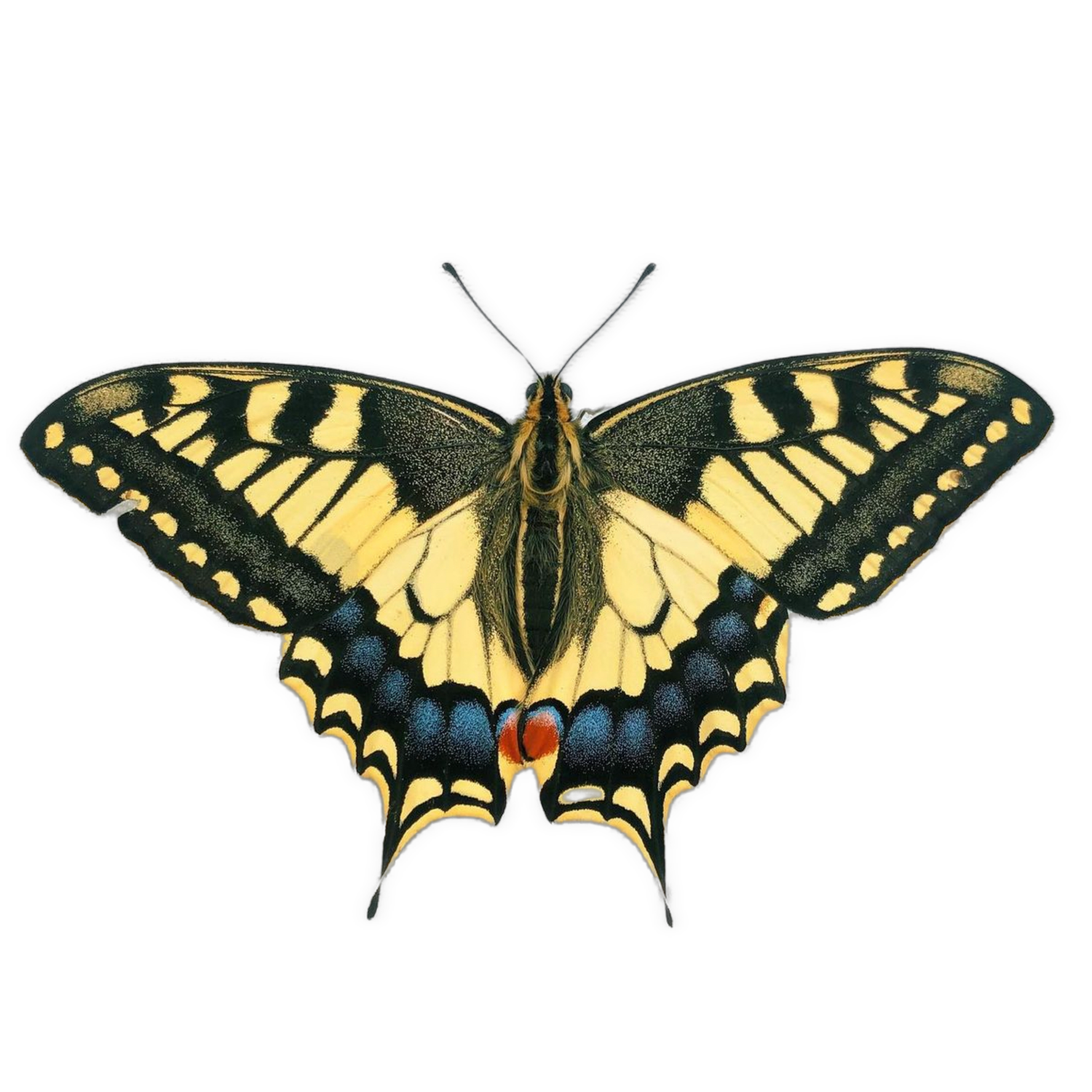Yellow-Bellied Toad TADPOLES
Bombina variegata, commonly known as the yellow-bellied toad, is a small amphibian found across much of Europe. This toad species is renowned for its distinctive coloration, featuring bright yellow undersides contrasted with olive-green, grey, or brownish upperside, providing effective camouflage in its terrestrial and aquatic habitats. Yellow-bellied toads are semi-aquatic, often residing in ponds, ditches, and wetlands. They exhibit unique behaviors, like the "unkenreflex," where they arch their backs to display their colorful bellies as a warning to potential predators. Breeding takes place in spring and summer, males produce a high-pitched, cricket-like call to attract females.
Bombina variegata, commonly known as the yellow-bellied toad, is a small amphibian found across much of Europe. This toad species is renowned for its distinctive coloration, featuring bright yellow undersides contrasted with olive-green, grey, or brownish upperside, providing effective camouflage in its terrestrial and aquatic habitats. Yellow-bellied toads are semi-aquatic, often residing in ponds, ditches, and wetlands. They exhibit unique behaviors, like the "unkenreflex," where they arch their backs to display their colorful bellies as a warning to potential predators. Breeding takes place in spring and summer, males produce a high-pitched, cricket-like call to attract females.
Bombina variegata, commonly known as the yellow-bellied toad, is a small amphibian found across much of Europe. This toad species is renowned for its distinctive coloration, featuring bright yellow undersides contrasted with olive-green, grey, or brownish upperside, providing effective camouflage in its terrestrial and aquatic habitats. Yellow-bellied toads are semi-aquatic, often residing in ponds, ditches, and wetlands. They exhibit unique behaviors, like the "unkenreflex," where they arch their backs to display their colorful bellies as a warning to potential predators. Breeding takes place in spring and summer, males produce a high-pitched, cricket-like call to attract females.

